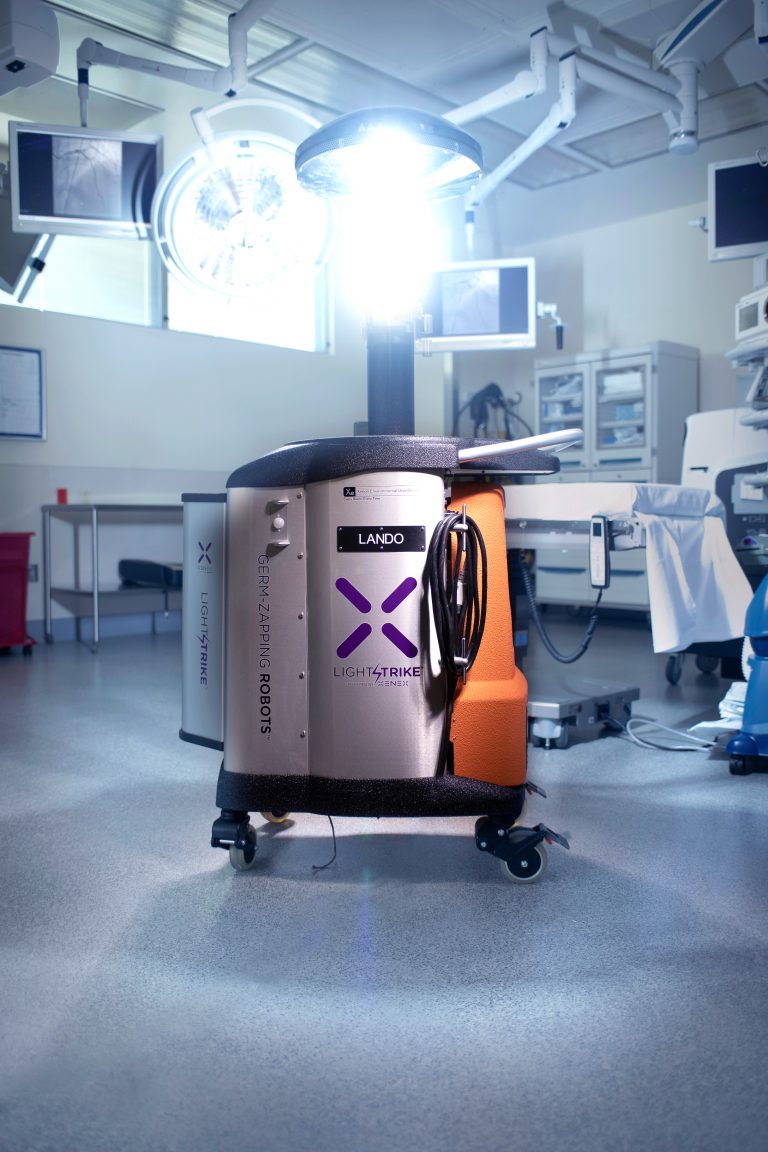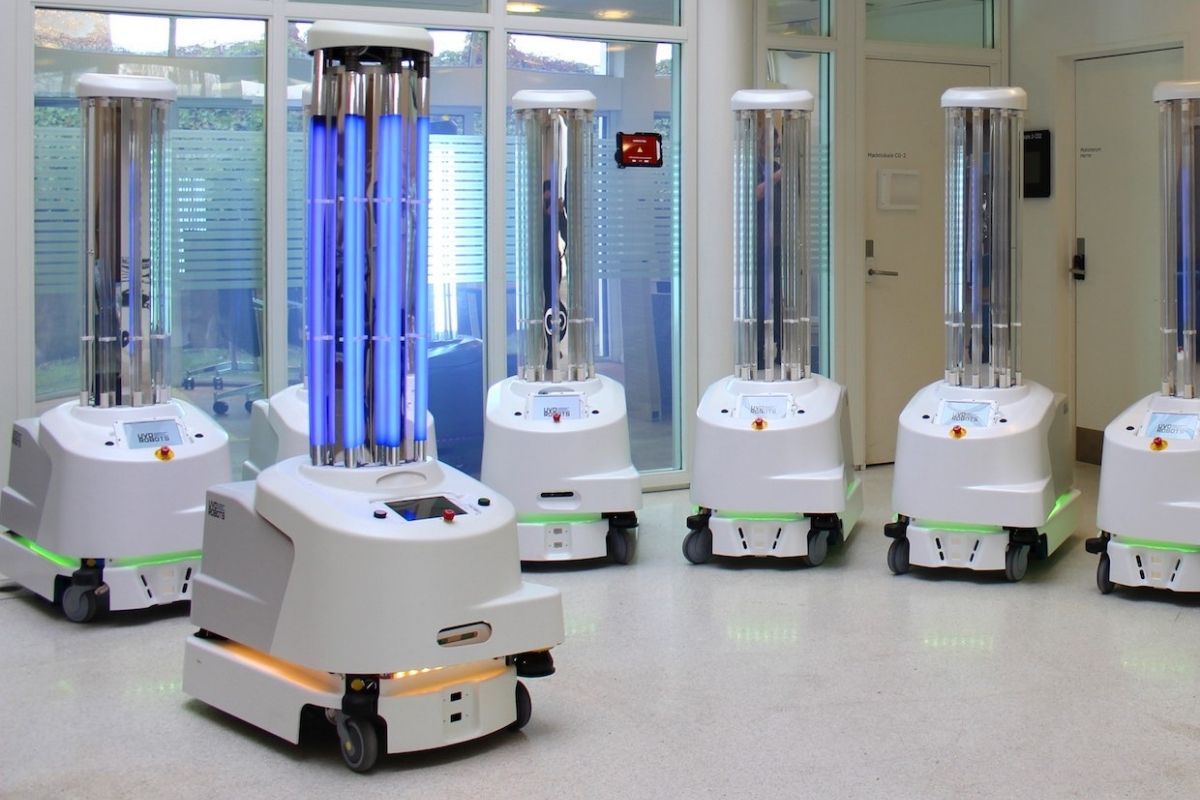The return to work after lockdown measures could be a hugely complex affair, with employers having to accommodate various regulations alongside the concerns of employees, suppliers and customers alike. Given the bizarre circumstances placed upon them, it’s perhaps no surprise that technology is playing a serious part within the re-opening.
One popular example is the introduction of UV disinfection robots. Although this technology isn’t new to the industry, they have garnered a significant demand from hospitals, airports, hotels, shopping malls, food companies, cleaning industry, cruise ships, pharmaceutical companies, office complexes and plenty of others seeking to acquire solutions to confirm infection-free environments.

But you may be wondering how does this technology even work? Most systems of this nature utilize short-wavelength ultraviolet light to kill microorganisms via a process called “ultraviolet germicidal irradiation”. The robot begins by mapping the space it’ll be working in, and then begins moving around the room while emitting short-wavelength ultraviolet (ultraviolet C or UV-C) light to kill or inactivate microorganisms by destroying nucleic acids and disrupting their DNA, leaving them unable to perform vital cellular functions.
“It’s so powerful, it can disinfect a space of 99.99 per cent of the virus that causes COVID-19 in less than five minutes. That’s something humans can’t achieve as quickly, although humans are still needed for general cleaning and sanitizing, as well as operating the robot.”
said by Xenex, one of the leading companies in this field.
This is very promising, but what are some drawbacks? For starters, UV radiation can cause skin irritation and damage your eyes meaning that almost all machines currently in use can only work safely and effectively in rooms void of people. But we see this as not too big of issues because it could free up the employees time to do other task whilst the machines are working.
Another potential issue is cost. This technology only recently had a huge increase in production so cost is still quite high at the moment which can be a big limiting factor for smaller businesses wanting to use this technology. But this issue won’t be a problem in the near future with the ever-growing market/need for this.
Overall we are thrilled and excited to see how technology such as this can help advances the cleaning industry as a whole. Although some businesses may hesitate towards new things, we always try to have an open mind to experiment and see how we can improve our business.

